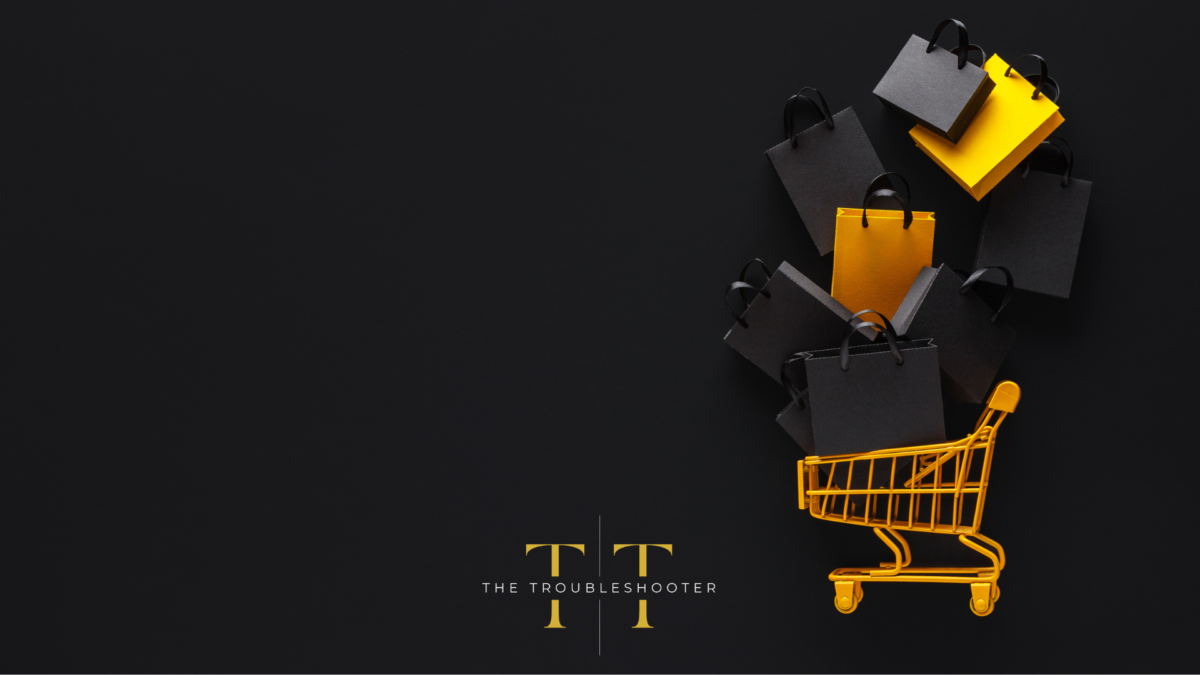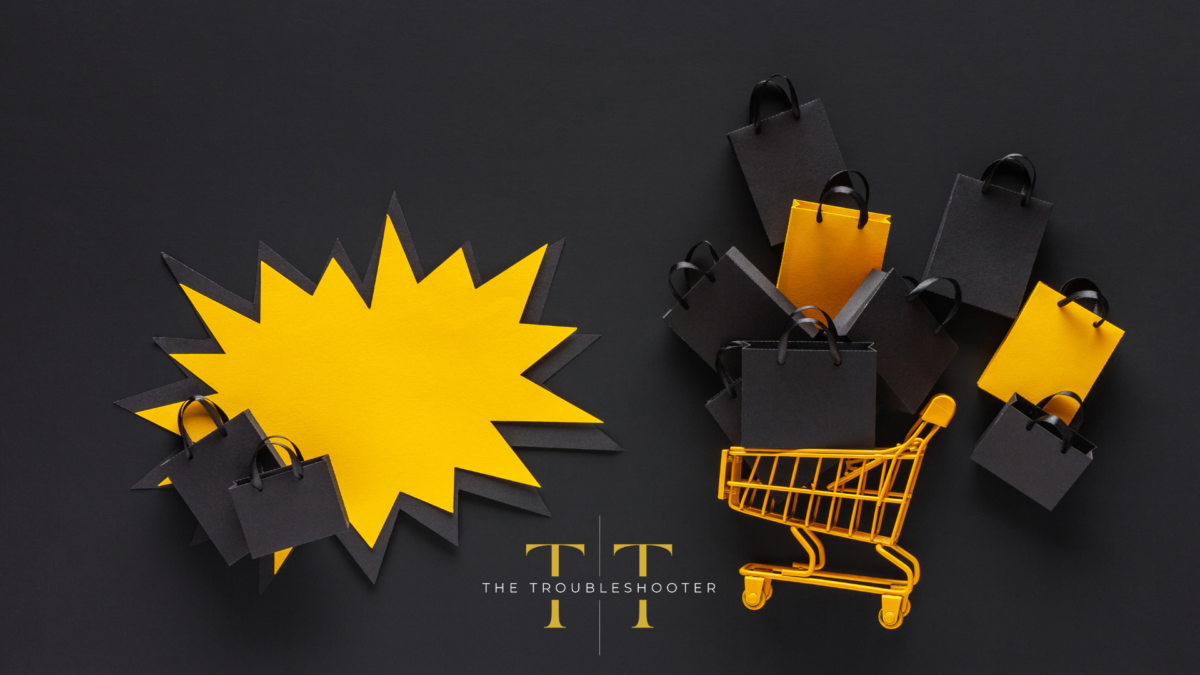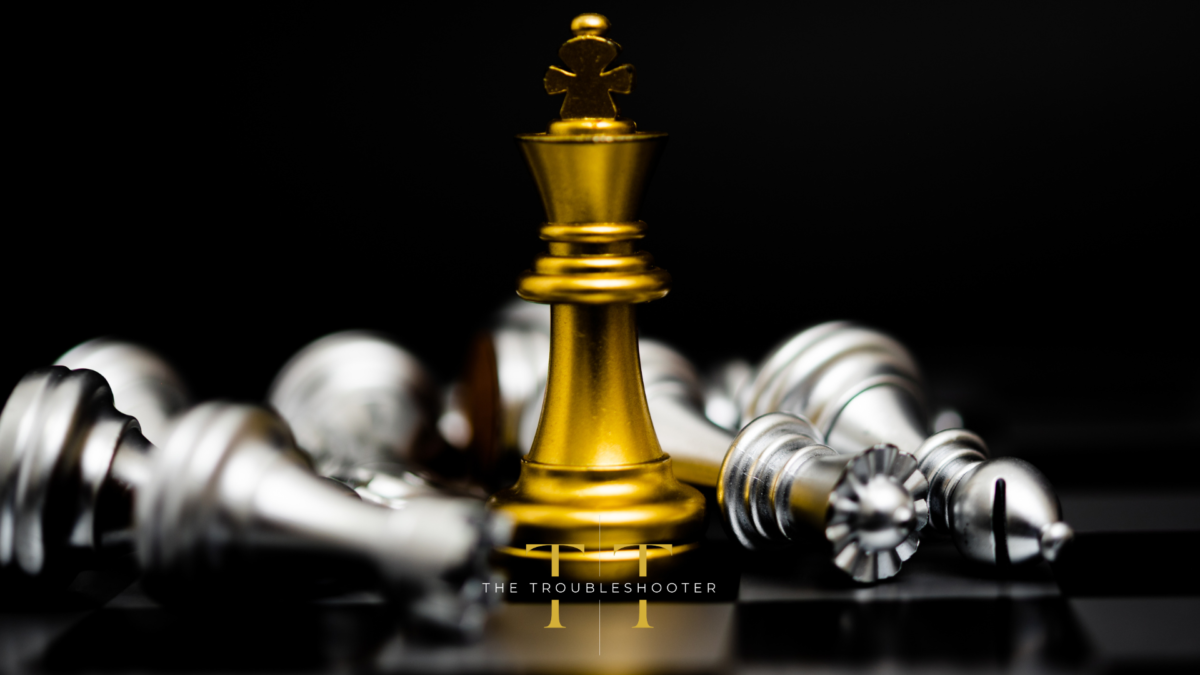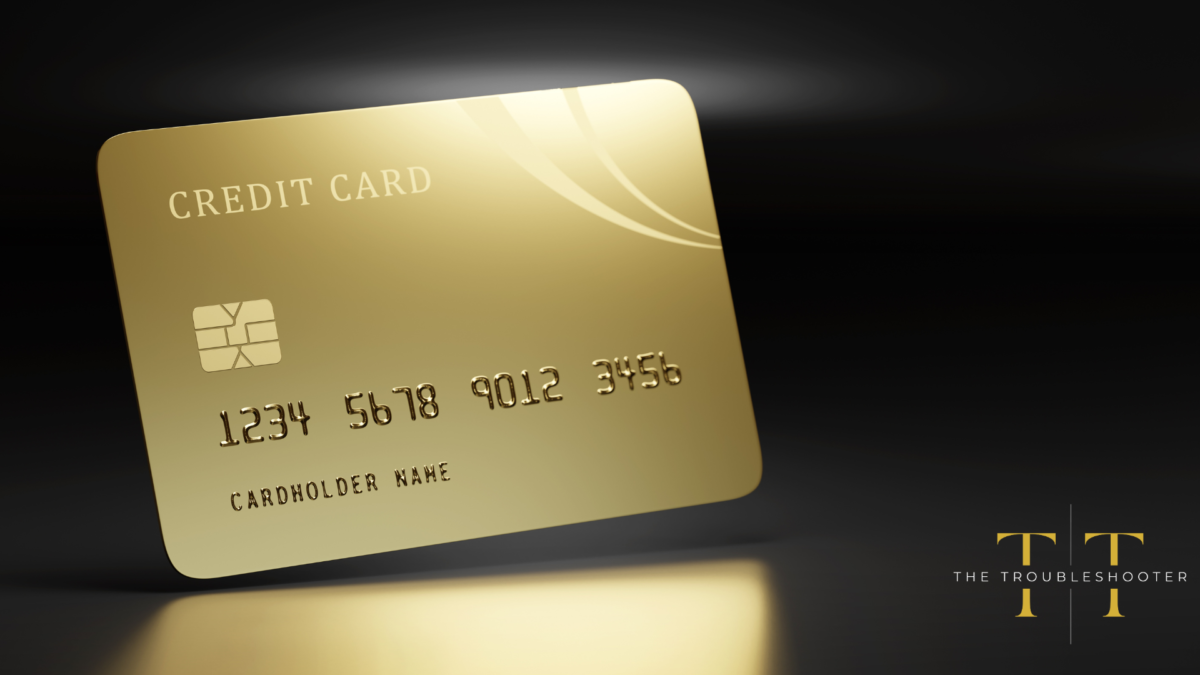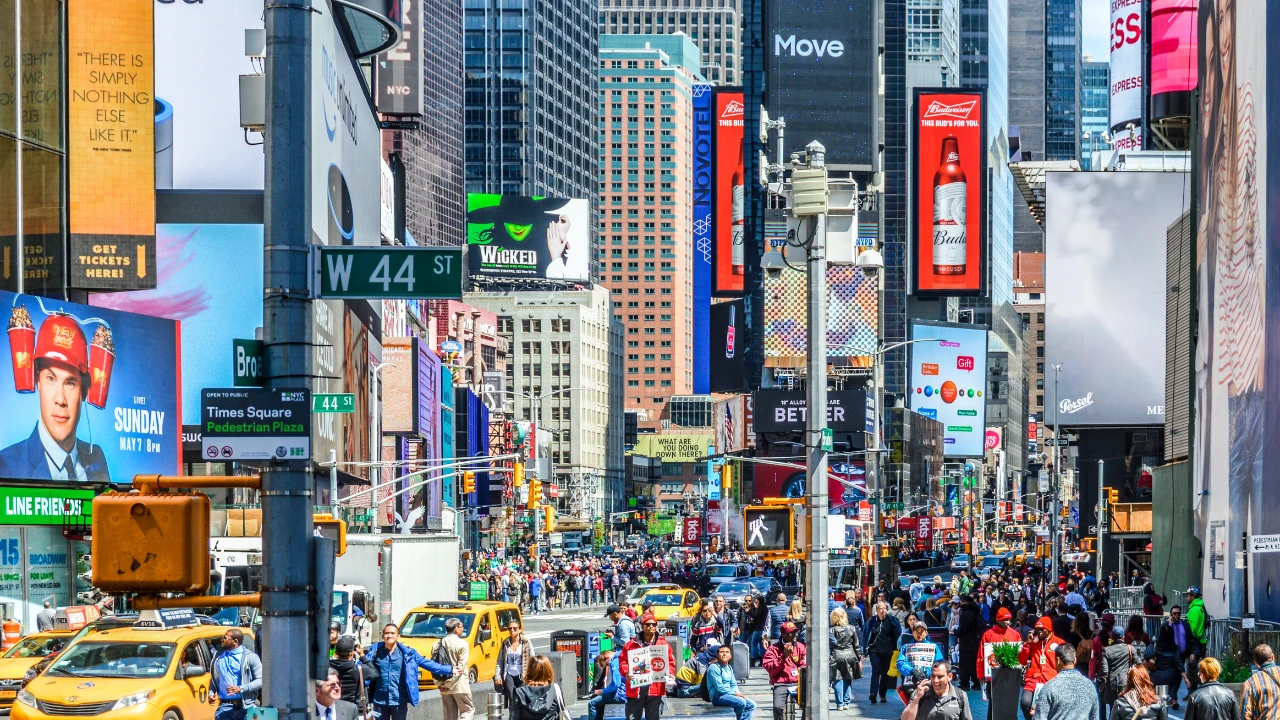
Ah, the eternal game of cat and mouse that we marketers must play. Just when you think you’ve got a good grip on the situation, it slips away and leaves you scrambling. Our audiences are always one step ahead, adding new apps, social media channels, and other shiny distractions to their ever-growing repertoire of media consumption. It’s like trying to keep up with a hyperactive toddler on a sugar high; exhausting, frustrating, but ultimately rewarding when we finally get it right.
In case you hadn’t noticed, the media landscape is changing faster than a chameleon on a rainbow. Every day, it seems like there’s a new app, streaming service, or social platform popping up like mushrooms after a rainstorm. We can be tricked into thinking we have the perfect strategy, that we are winning, and then BOOM! Something new drops, and all our plans go out the window. It’s like a never-ending game of whack-a-mole, except the moles keep popping up with new hats, glasses, and moustaches to throw us off. And just when we finally adjust to one platform, the algorithm changes and we’re back to square one.
It’s a rollercoaster of emotions – excitement when we find a new tool to work with, frustration when that tool becomes obsolete, and pure panic when we realise, we are once again lost, and have no idea what we’re doing. So, what are the implications for us as marketers seeking a perfect solution? Well, it means we’re constantly playing catch-up to figure out where and how to reach our audiences.
In this article I will look at how we find a solution to winning in this ever-changing media landscape, and the value of building a strong brand strategy and identity that is unique and easy to remember, and helps you stand out from the rest of the pack. Because let’s face it, in a world where attention spans are shorter than a T-Rex’s arms, a strong brand identity can be the difference between being forgotten or being unforgettable.
The Ever-Changing Playground
Let me guess, you miss the good old days when everyone was glued to their TVs, and primetime was the only time that mattered. Or how about when the radio was the be-all and end-all of audio? Yeah? Well, those days are long gone, and now we’re living in the land of unlimited options and non-stop change. Nowadays, it’s like the Wild West out there. There are so many options that it’s enough to make your head spin.
As consumers’ options grow and diversify, we face a new challenge: how to make our message stand out. Merely because your target audience is utilising a particular app or platform, does not necessarily imply that it is a suitable match for your brand. Sure, everyone and their grandma is on TikTok, but is it really the best place to showcase your B2B marketing program? You must ask yourself, is your audience in a buying state of mind when they’re scrolling through those feeds, or are they just looking for cute puppy or hashtag#wanderlust videos to brighten their day?
What Do I Have to Play With?
I totally get that choosing the right channels to market your brand can be a daunting task. With the plethora of options, it’s easy to get lost in the sea of possibilities. So let’s look at the process of selecting the right channels to maximise your brand’s reach and impact.
Firstly, it’s important to understand your target audience and their media consumption habits.
Are they active on social media platforms such as Facebook, Twitter, or Instagram? Or do they prefer more professional platforms such as LinkedIn or industry-specific forums? Knowing where your audience spends their time can help you narrow down your choices and focus your efforts on the channels that are most likely to be effective. Examples:
- Let’s say you’re a B2B company that sells office supplies. While LinkedIn might be an obvious choice for B2B marketing, it’s important to consider other channels as well. For example, could you leverage Google Ads to target people searching for office supplies or content marketing to create helpful blog posts that rank in search engines?
- On the other hand, if you’re a fashion retailer targeting young women, Instagram and TikTok might be more effective channels to reach your audience. Do you think by partnering with influencers and creating visually appealing content, you can showcase your products in a way that resonates with your target demographic?
And it’s not just about choosing the right channels and adapting your content to suit.
It’s also about making your brand stand out from the competition. So, it’s crucial to align your chosen channels with your brand identity and values. For instance, if your brand is centred around sustainability, it may be wise to focus on channels that have a green focus, such as environmental blogs, podcasts, or eco-friendly product directories. This ensures that your brand message is consistent across all channels and resonates with your target audience on a deeper level. Examples:
- Let’s say you’re a coffee shop competing with several other cafes in the area. How can you differentiate yourself and create a unique brand identity? One way could be to focus on sustainability and eco-friendliness. Use biodegradable cups and straws, source your coffee beans from sustainable farms, and highlight your efforts to reduce waste in your marketing materials. By aligning your brand with a cause that matters to your audience, can you differentiate yourself from other coffee shops in the area and attract environmentally conscious customers?
- Is your differentiator your exceptional customer service? Then, train your staff to go above and beyond for each customer and encourage them to build relationships with regulars. By creating a warm and welcoming atmosphere, can you turn your coffee shop into a community hub and foster loyal customers who keep coming back?
And please do remember that you can’t just put out the same message on every platform and expect it to work like a charm. That would simply be like using a fork to eat soup. Each channel has its own personality, and your message needs to be tailored accordingly. So, while you might be the king of witty one-liners on Twitter, you’ll need to flex those creative muscles a bit differently when you’re on Instagram. So, take some time to understand the nuances of each channel and put in the work to adapt your content accordingly.
Additionally, creating a strong and consistent brand identity can help your brand stand out from the crowd.
This can be achieved through a cohesive visual identity, such as using a consistent colour scheme, typography, and imagery across all channels. It can also be achieved through a consistent tone of voice, messaging, and storytelling. By creating a unique and recognisable brand identity, your brand can differentiate itself from the competition and build a loyal following of customers.
Here are some real examples of brands that have successfully built a strong and consistent brand identity:
- Coca-Cola – Coca-Cola has a distinct visual identity that is recognisable around the world. The red and white colour scheme and the iconic Coca-Cola logo are used consistently across all marketing channels. The brand’s messaging is also consistent and centres around happiness, togetherness, and sharing a Coke with friends and family.
- Nike – Nike’s “Just Do It” slogan is known worldwide and has become a part of the brand’s identity. The company uses a consistent visual identity, with the “swoosh” logo and bold typography, across all channels. The brand’s messaging focuses on empowering athletes and encouraging them to push their limits.
- Apple – Apple’s brand identity is centred around simplicity, innovation, and design. The company’s visual identity is consistent across all channels, with the minimalist Apple logo and clean, sleek design used in all marketing materials. The brand’s messaging focuses on the company’s commitment to creating products that are high-tech,easy to use and aesthetically pleasing.
- Red Bull – Red Bull has built a brand identity around extreme sports and adventure. The company’s visual identity is consistent, with the iconic red and blue logo and bold typography used across all marketing channels. The brand’s messaging focuses on the energy and excitement associated with extreme sports and adventure.
- Airbnb – Airbnb’s brand identity is centred around the idea of community and belonging. The company’s visual identity is consistent across all channels, with the distinctive “belo” logo and bright, cheerful imagery used in all marketing materials. The brand’s messaging focuses on the idea of creating unique and authentic travel experiences and connecting people from around the world.
These guys have got it all figured out. They’ve created a brand identity so unique and consistent that their customers would recognise their products in their sleep and their branding game is so strong that their customers would fight to defend their favourite brand’s honour. They’ve got people tattooing their logo on their bodies, naming their pets after their products, and even writing love letters to their customer service reps. They’ve managed to differentiate themselves from their competitors by creating a brand identity that’s unique. It’s a beautiful thing to see, really. They’ve built a following of brand advocates so loyal, that at times they’d probably donate a kidney just to get their hands on the latest product release.
Continue reading



